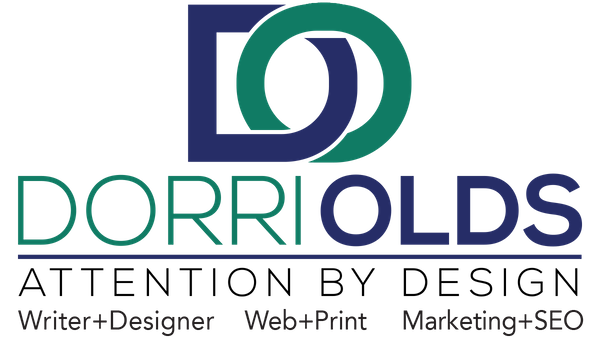It is not news that color evokes powerful emotions. Countless studies have deduced that people react to specific colors in certain ways but every brain is different hence everyone’s reaction to a color is subjective. One person may say Matisse is the greatest artist that ever lived, another may say Picasso — you say tomato, I say…


We Have Seen the Light
Sir Isaac Newton developed a theory of color based on studying how white light breaks into colors when viewed through a prism. The Ancient Egyptians used color for cures to ailments. Some of the earliest studies of light were by Aristotle who discovered that two colors, when mixed together, can form another color. Okay, so what does all of this have to do with web design? A lot.
Color and Website Design
Smart marketing takes color perceptions seriously.
White is seen as purity, the absence of color, sterile.
Black, though it can symbolize evil, also communications power and sophistication.
Blue is the favorite color for a large majority. It is also the considered the favorite of men.
Red is loud — it grabs attention, it conveys excitement, intensity, even anger, but it is also the color of love; just think of Valentine’s Day.
Pink varies — depending on the hue and shade (hot pink, pastel pink, fuchsia, etc.). Light pink is usually associated with love (hearts), innocence and sweetness (baby girls) so, depending on who you’re trying to attract to your website and services, it can be a good choice. A great example is the pink ribbon associated with fighting breast cancer. Pink can also be a very poor choice when you want to attract business clients and project an image of power and strength. Pink can look weak, childish and frilly which does the opposite of inspiring consumer confidence.
Green has a calming effect and relieves stress (nature). Of course depending on how it is used it can also convey power and money or jealousy.
Brown is another symbol of nature and tranquility (wood, soil) and can imply safety, security.
Purple may strike people as exotic, spiritual, or it can imply great wealth. I would be remiss if I didn’t caution designers that purple is a very slippery slope. It can come across as arty-fartsy and unprofessional, especially to corporate clients.
Yellow is cheery and positive like the sun but it also can be overwhelming and should only be used sparingly in web design.
Orange can work wonderfully as a highlight color. Keep in mind though that color combinations that include orange can evoke very different emotions. Orange and brown can convey sophistication, orange with red and yellow is great for websites to attract children, parents of young children and/or industries that provide services for elementary-school aged children. Orange with blue is another tricky combo. They are complementary colors and can look electric, as if they’re vibrating, which can be dizzying and make the text difficult to read. Orange and blue, if chosen correctly, can look strong and stylish.
The bottom line is this: when you choose a web designer it makes a huge difference if they have a strong background in the psychology of colors, eye tracking (see article “Eye Tracking: How the Eye Scans Your Web Pages“) and experience with search engine optimization (SEO), keywords, trending topics, and a strong understanding and success rate with social media accounts. At the very least they should understand that YouTube has become the second most popular search engine — Google, of course, is number one. For a website to look current and professional it must include icon links to, at the very least, Facebook, Twitter, YouTube and LinkedIn. Pinterest is growing at a rapid rate in popularity. Depending on the crowd you want to attract, your website designer should consider all of the additional socialmedia options too, i.e., Reddit, Stumbleupon, Google+.


